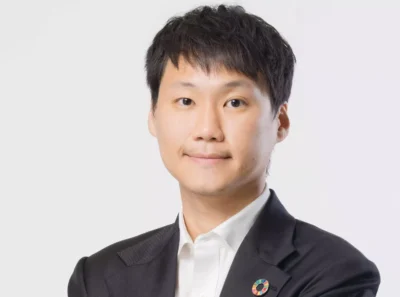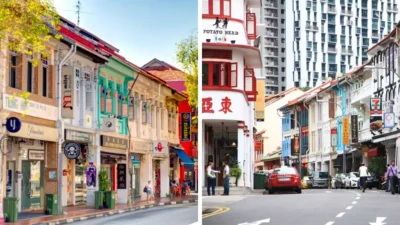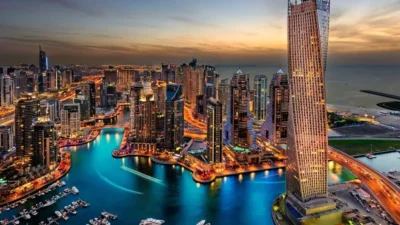The world of virtual reality technology captivates the real estate sector
Virtual reality technology isn’t just for gamers anymore. Real estate developers across the region are using the technology to cut costs and sell more units

When most people think about virtual reality, they think about gaming. The video game industry birthed the modern concept of virtual reality in 2010 with the first prototype of the Oculus Rift. At the time, the prevalence of first-person video games (when you view the world from “inside” the character’s head) made the gaming industry a natural testing ground for the VR experience, and that is where it stayed for many years.
Those days are over, as the past decade has seen the technology explode. Nearly every major tech company, Facebook, Google and Apple included, are either heavily invested in or outright own VR technology brands. By 2025, VR tech will be an USD80 billion market, according to Goldman Sachs. Today, universities use it to teach medical students surgical techniques, psychologists use it to simulate interactions, and governments use it to help astronauts replicate space.
More: Tēmi: A life-changing robot that elevates households and caters to residents’ needs
While designers and architects have used 3D modelling to sketch buildings and design interiors for decades, VR is helping to bring life to their designs in unprecedented ways. Across Asia, real estate agents are utilising VR to help them with staging—placing furniture or decorations inside an otherwise empty home to make it look more appealing. Virtual reality headsets and apps are also being used to host off-location tours, either on show floors or inside a potential buyer’s own home.
Now, tech companies like Rooomy are leveraging VR technology to stage homes digitally using high-resolution 3D models. The approach helps real estate agents avoid the costs and time involved in manual stages and gives clients the freedom to mix and match interior design elements live on the floor.
Constructed with either 3D models or 360-degree photographs, these environments offer a much more realistic viewing experience than scale models and flashy brochures ever could.
While designers and architects have used 3D modelling to sketch buildings and design interiors for decades, VR is helping to bring life to their designs in unprecedented ways
“The current content in brochures and on websites aren’t extremely helpful for consumers who want to properly ‘experience’ the product,” says Jirayod Theppipit, the CEO and founder of Thai-based VR company Infofed, during an interview with ecommerceIQ. “Because my background is in architecture, I can understand the blueprints and engineering language that the marketing material contains, but there are many people who are confused by it.”
According to Jirayod, the rise of VR technology in the real estate world affects both consumers and the producers. He claims that his technology can be as much as 50 percent cheaper than printing physical brochures, and users don’t need expensive equipment to experience it, only a smartphone in many cases. The company has already partnered with several local developers, banks and government agencies to create virtual walks in everything from tourist attractions to detached homes.
One of Thailand’s property companies, Ananda Development, has dedicated an entire arm of its venture capital fund, Ananda Urban Tech, around VR technology. The brand uses VR across all stages of the development and sales process—visualisation of BIM modelling during design and VR walkthroughs during sales. As of right now, 13 Ananda developments have utilised the technology
This article is the fourth in a four-part series. It originally appeared in Issue No. 156 of PropertyGuru Property Report Magazine. Read the first, second, third parts here
Recommended
Meet the Bitkub CEO turning real estate on its head with cryptocurrency and tokenised ownership
Jirayut “Topp” Srupsrisopa, CEO of Thai crypto exchange Bitkub, is a true believer in the potential of digitised finance
6 sights to spot in Jardine’s Lookout, Hong Kong
With its sumptuous harbour vistas, this low-density area is one of the most sought-after in Hong Kong
Meet the architect rethinking disability in urban spaces and how cities can be reimagined
Author David Gissen outlines his vision for urban development that takes the needs of disabled citizens into consideration
Why Asia’s mixed-use developments are the future of real estate
Dynamic integrated communities are fusing real estate with commercial, leisure, and other amenities









